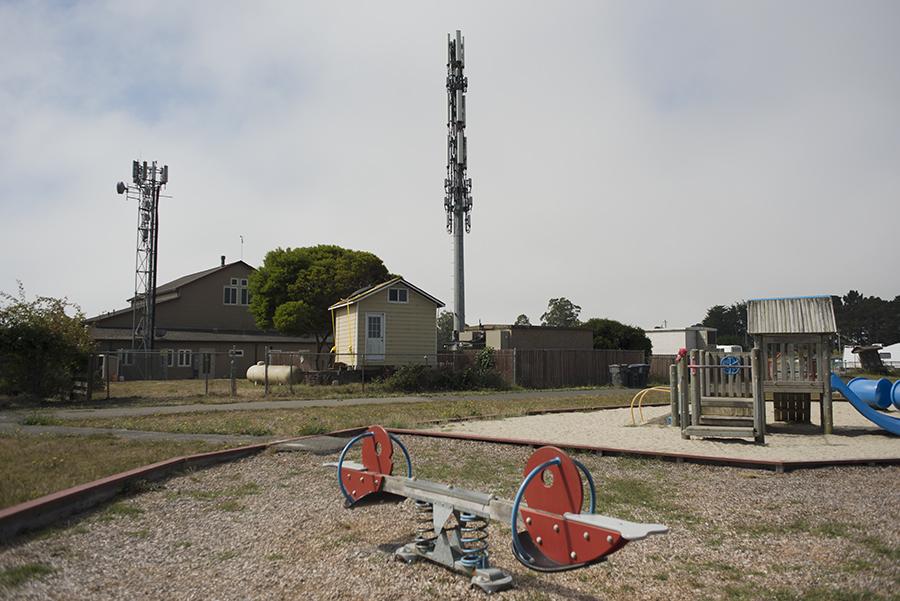The telecommunications company AT&T is hoping to expand its bandwidth in Bolinas, where nine panel antennas overlook the fire station offering a . . .
Bolinas exploring request to modify AT&T tower


The telecommunications company AT&T is hoping to expand its bandwidth in Bolinas, where nine panel antennas overlook the fire station offering a . . .